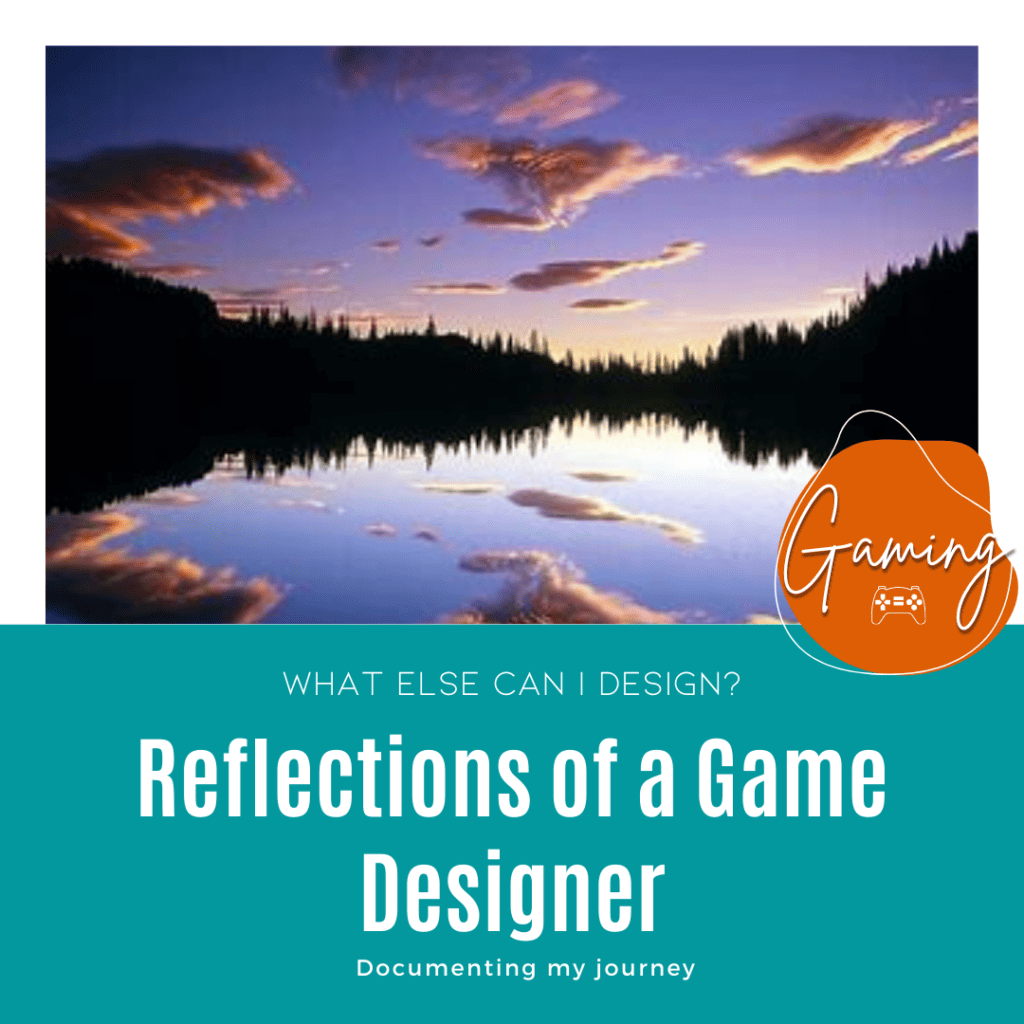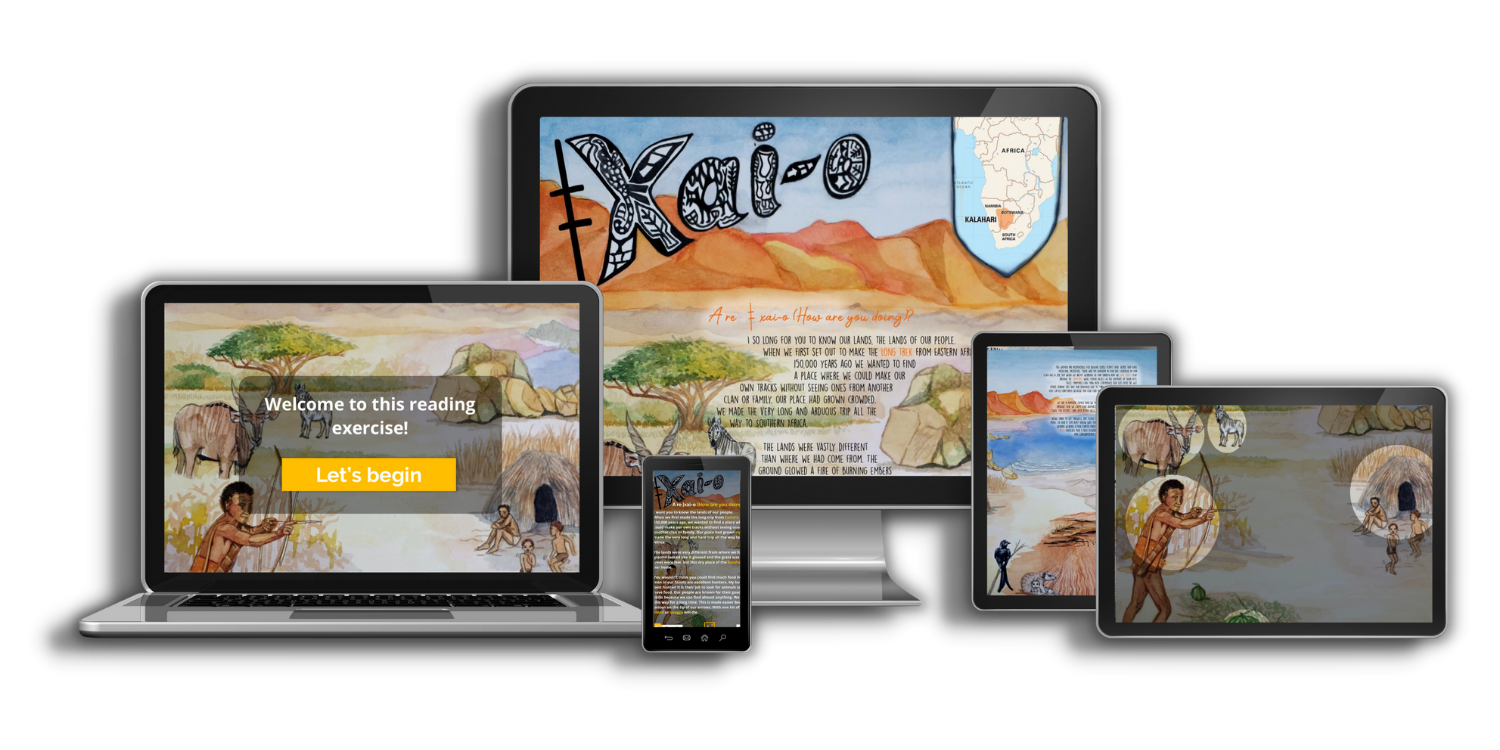What have I learned?
I have dived off the deep end for the last 16 weeks, every week has presented a challenge–something intriguing, other times just hard. What I have found most insightful is the variation of games that can be created in an educational context and learning ways I can create my own solutions to the problems I see. Through this course and its exposure, I have learned of my preference for technological games.
As an educator, I am well aware of the demographic I serve, so that is always central as I think about their strengths and needs. I still have questions about how the problem rural South African students presently have and exactly what a successful VR prototype would look like to solve it. Throughout this designing games course, I have fully enjoyed the lens that this subject matter has provided as I look at the various tech spaces and with what frame I can now dissect them. I have never been a fan of board games–so having to create one was uneventful for me.
What skills have I accquired?
The attributes presented in this design class helped me synthesize the learning that occurred within each level via gameplay. I was able to acquire all but one attribute–level 3.
In level 1, I claimed the Player and Blogger attributes. I learned about the various player types and how the games they choose reflect with those specific gaming characteristics. I also learned about my own gaming profile–gardener. This knowledge is imperative as we approach game design.
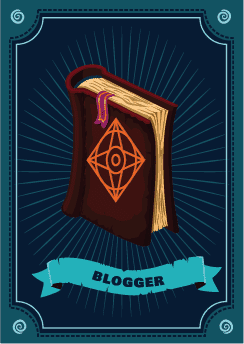
You have mastered the art of recording your thoughts and reflections in a meaningful way. Reflection is a powerful learning tool as it helps one establish and make connections beyond any course content by engaging with personal experiences. Mastering this attribute means you are ready to take on increasingly more complex problems to sort through by reflecting on your experience with them.
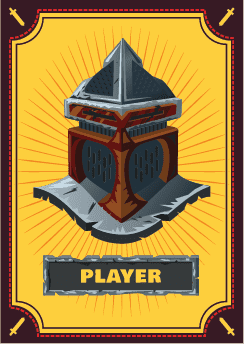
In level 2, we learned about gamestorming and narratology. I really enjoyed this thinktank and the overall creation process though I do not think Twine (as a text-based approach) will work for the students I have in mind. In this level we explored a variety of brainstorming techniques to come up with a good story narrative for our Twine project. How can we as designers balance learning with gameplay mechanics?


In level 3, we learned about core loops with the Carmen Sandiego–a childhood favorite of mine. I really liked the switch in approach that this level had. I was unable to acquire these attributes in level 3. But I did learn my way around Adobe Photoshop.
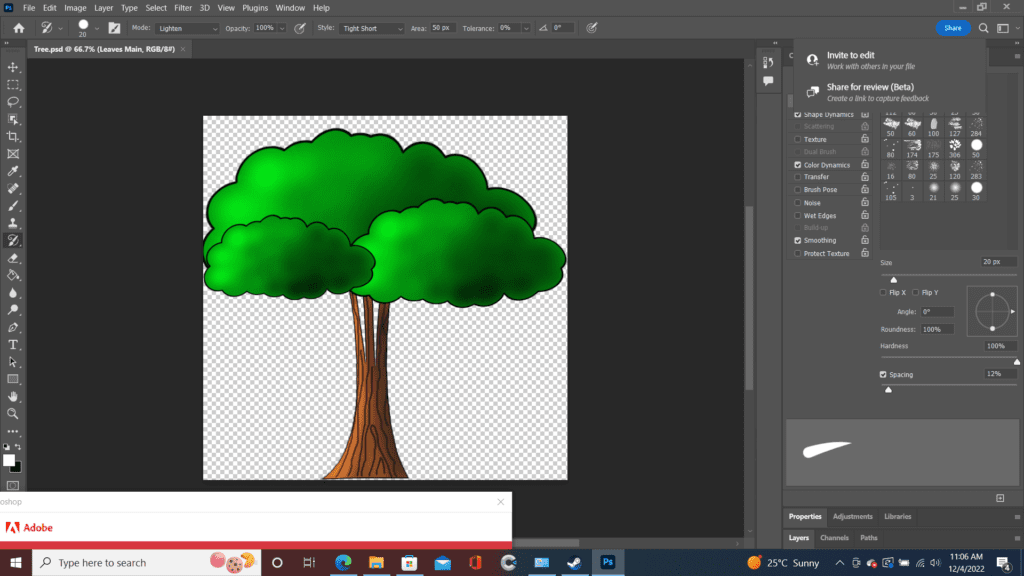

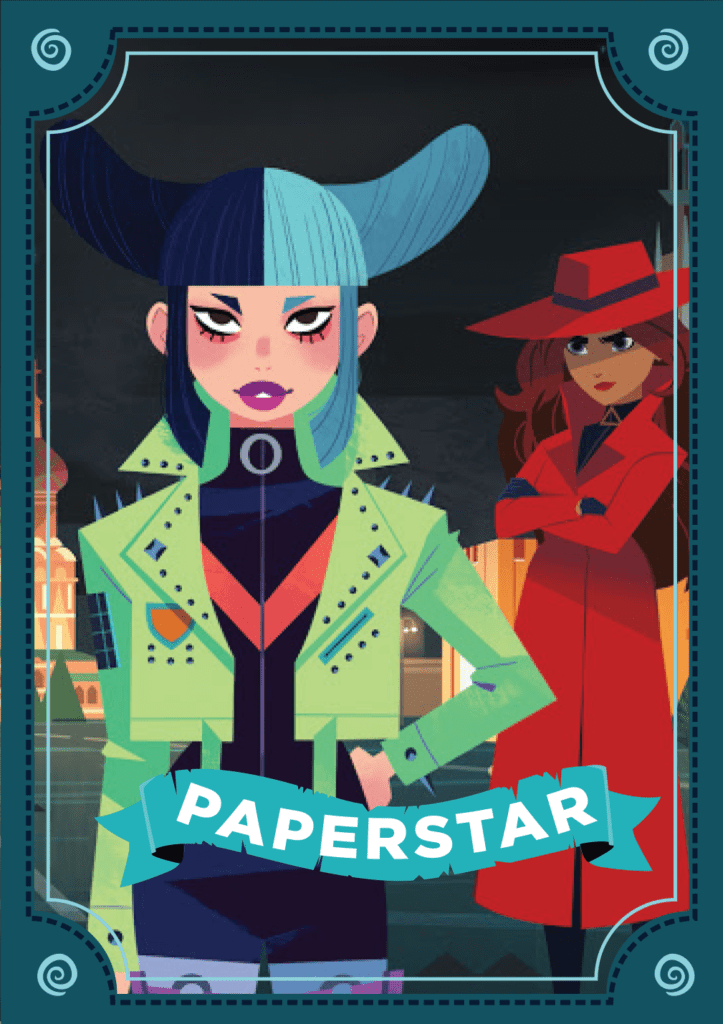
In level 4, we danced around digital game design but focused on gameplay and learning mechanics–amongst other things. I think learning that both elements must be balanced when designing serious games is something I will not forget. Learning how to compile a game design document was also very useful in this level and I know for sure I will be using this repeatedly. This level I earned the Evaluator and Constructionist attributes. (in-progress)
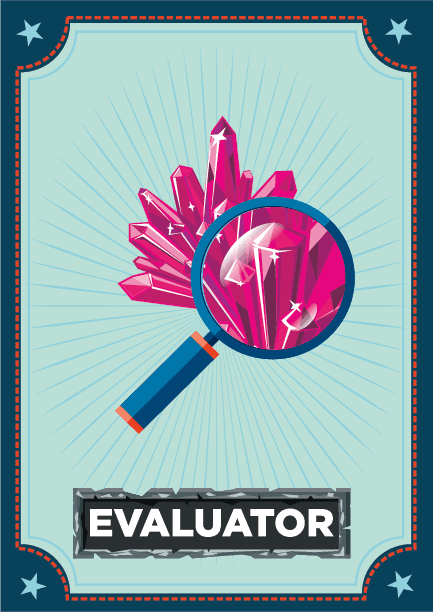
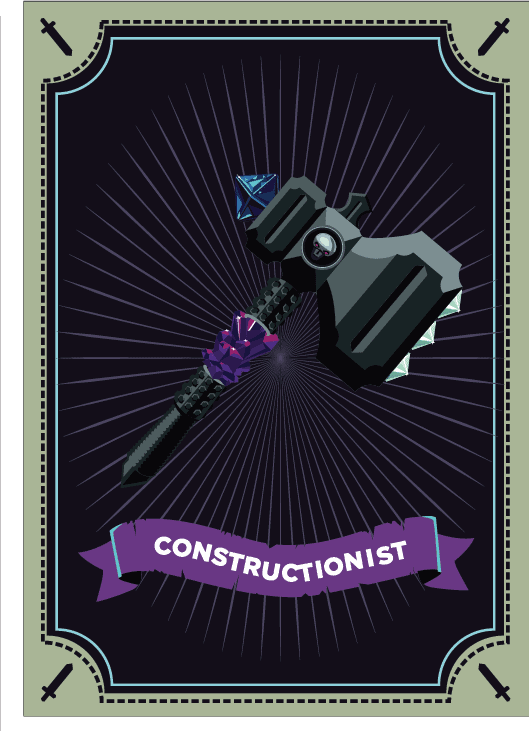
In level 5, I received the Adapter attribute. This was essentially a mini revision of the GDD we completed in level 4.

I found the class helpful overall, even though the assignments took a little longer than I expected. I enjoyed the reading and knowledge I gleaned from the variety of videos–they made the content more tangible, so I could easily apply it.
Previously when I heard the term “gamification” I only thought of rewards. This class has utterly shifted my understanding and application of game elements within learning for my students. I think the most drastic thing for me was the importance of intertwining learning outcomes with game mechanics. It is great to design a game but what is the blueprint we use when designing? What are the needs of those whom the game is designed for? And how can we build a bridge from where they are to where they need to be?
What are serious games?
Serious games is definitely serious business. I would define it as designing learning maps that help students get to where they need to be within an educational framework that uses technology or games with intrinsic motivation to help students play their way to understanding and mastery.
BADGES Earned within the course (click to know what each represents)


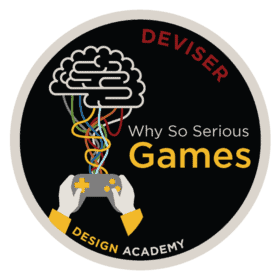

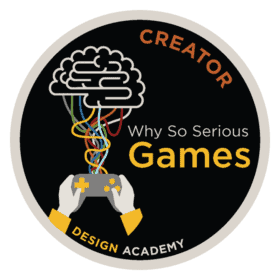
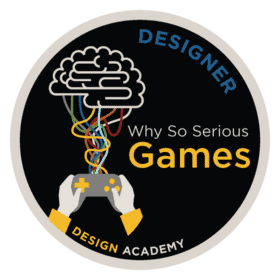
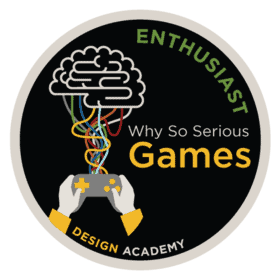
Knowledge Challenges earned in Level 2




